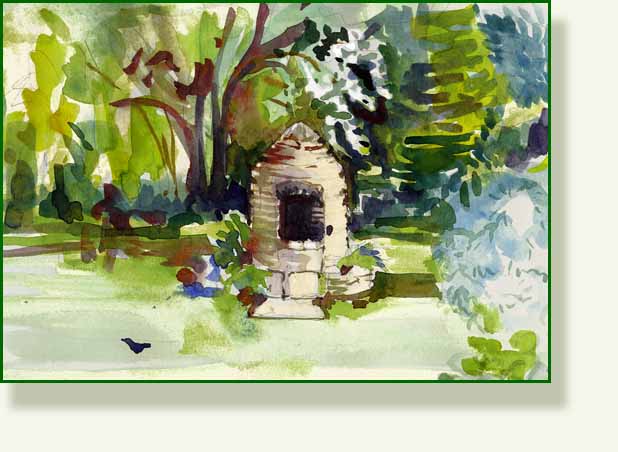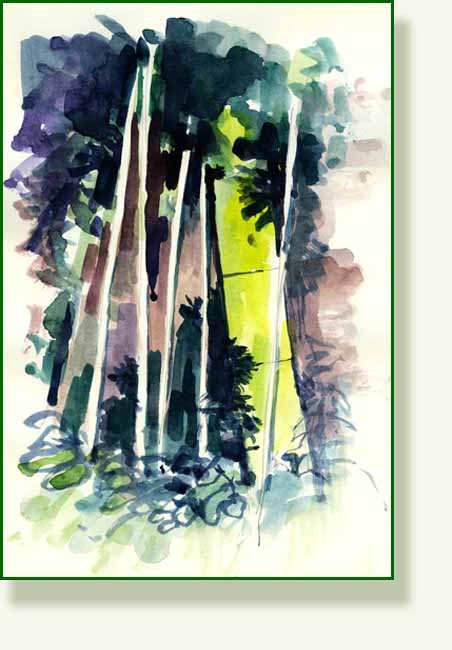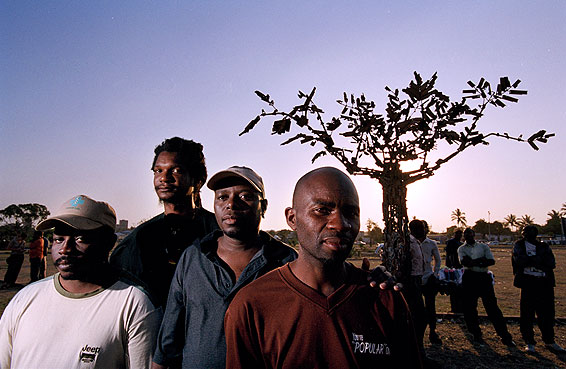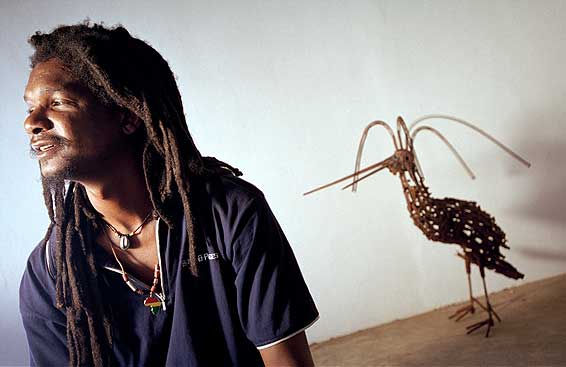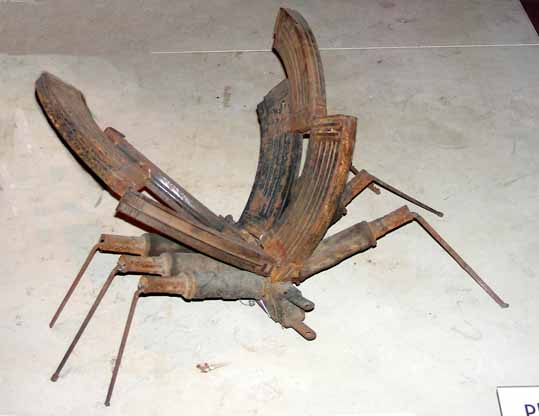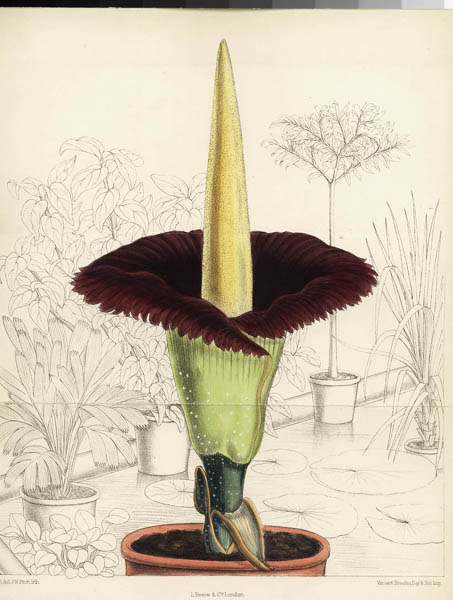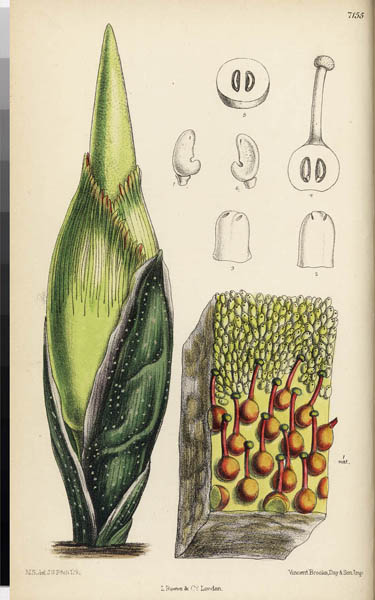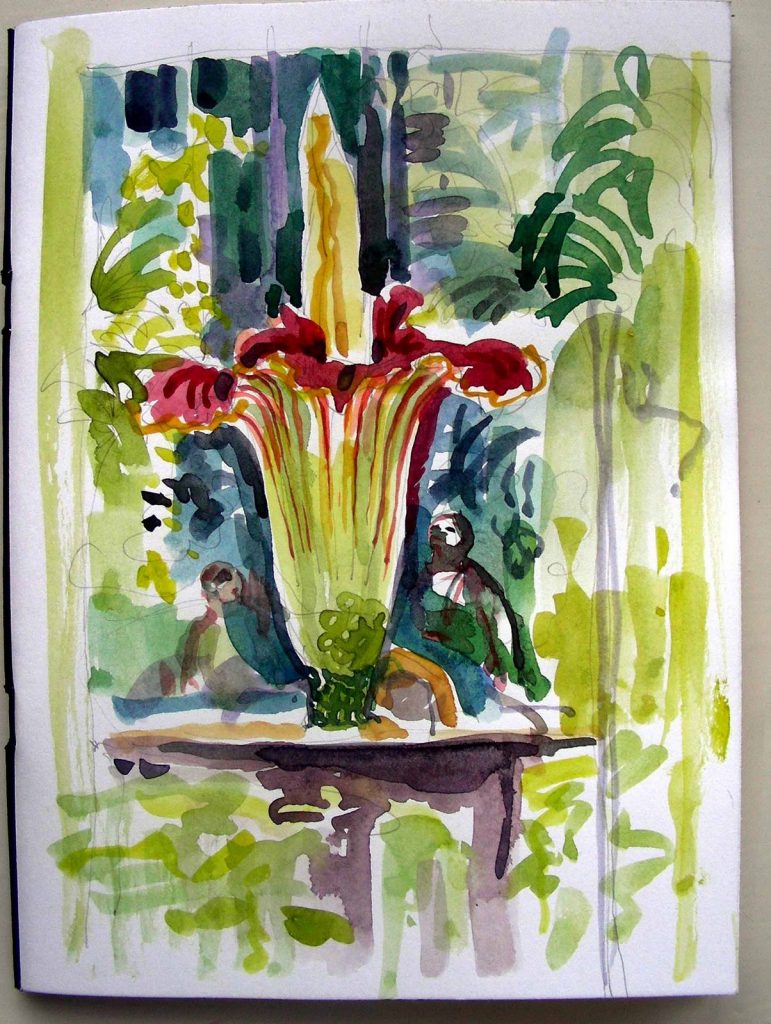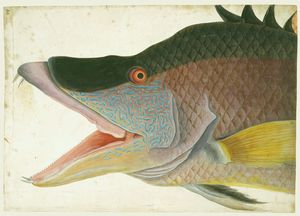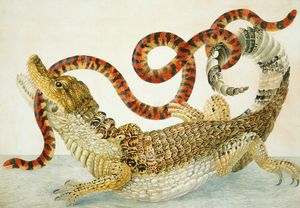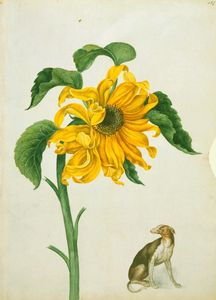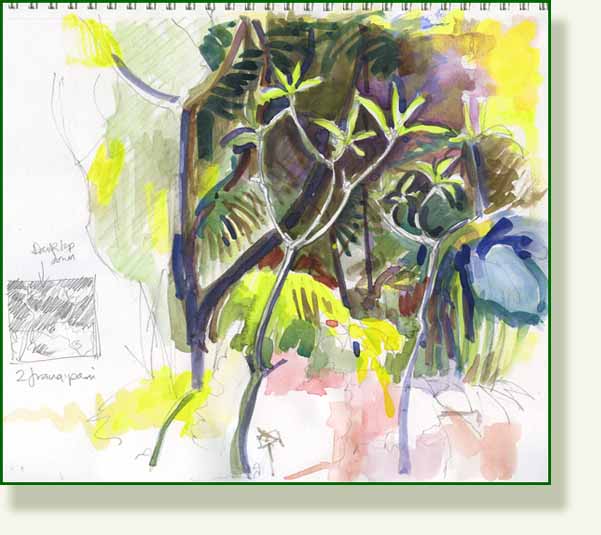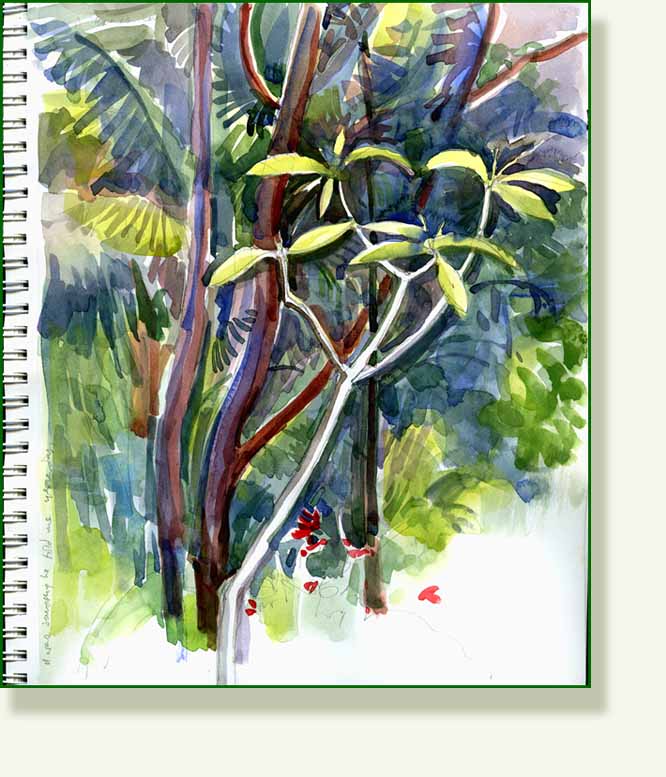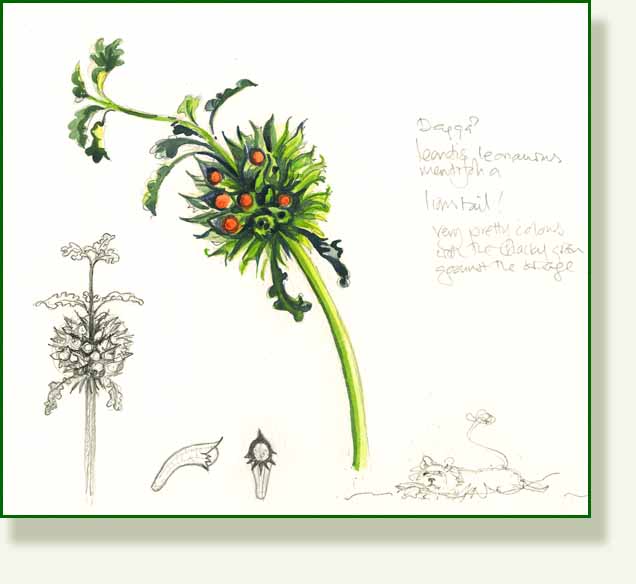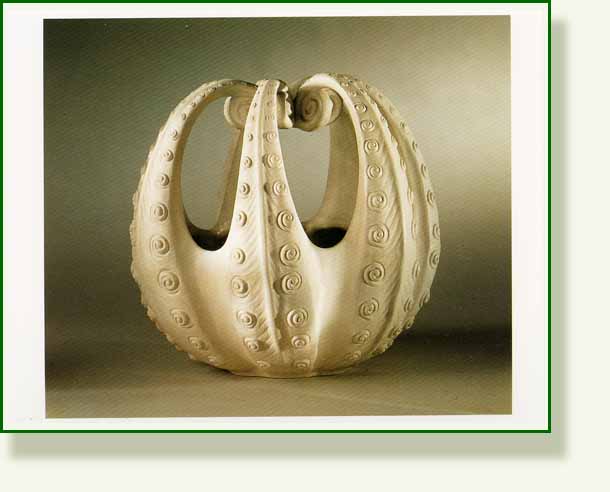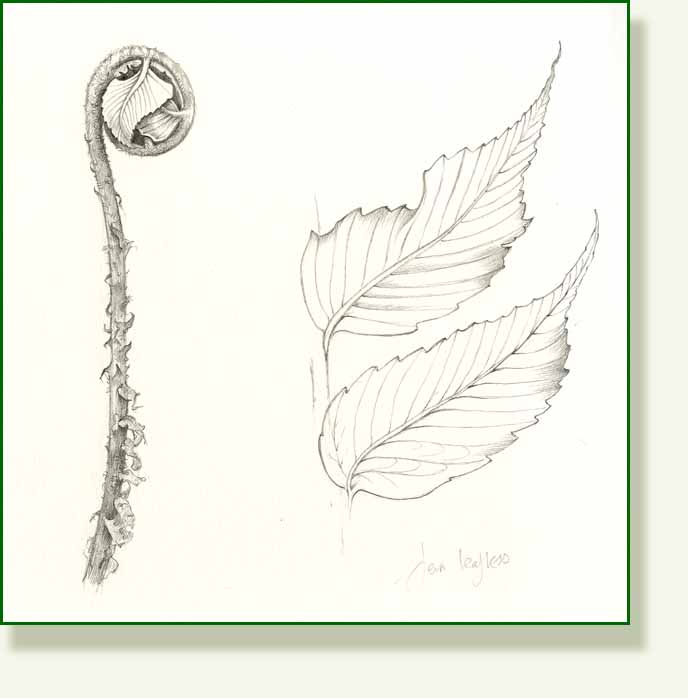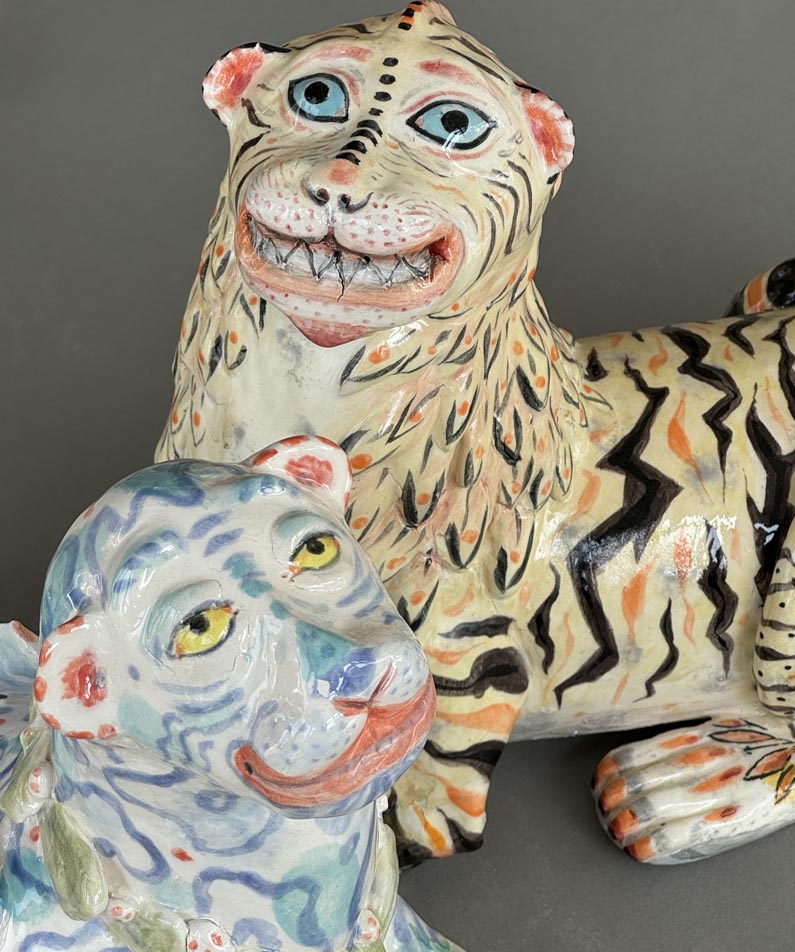In between gardening and having my second dentist’s visit I have been able to do a few sketches.
These three are of the village, one the huge horse chestnut tree by the village hall, an evening sky against the white may hedges and a clump of hedge with may and cow parsley.
It’s the prettiest time of the year… These are done on a small Kilimanjaro watercolour paper sketch book . Its the first time I have tried it and its a nice landscape 10″x 5″ with 140 lb paper. Very good for small sketches.
Leaf of the Day: Garden Sketches
My plans for the next few days have been rather severely disrupted as I have had to make an emergency visit to the dentist today. The prospect of a triple root canal filling over two days has rather sapped my enthusiasm for life but the garden is pretty and I am trying to forget the pain and do some sketching.
First the old apple tree.. now, I think, almost completely hollow but still clinging onto life, the old village well, and the 5 sticks near the crab apple tree which I drew yesterday. It’s still practice in mixing green but I must admit that this miserable toothache has made me indifferent to what I am mixing. These are small sketch book pages 5 x 8″ on rather poor quality paper but it’s OK for sketching. I really like the 5 sticks.
Leaf of the Day: Bird’s Foot Ivy
Lincolnshire in May is looking wonderful. As I drove up through the country lanes yesterday there were cowslips aplenty growing in the verges. The hedges are coated with white and pink may blossom and the huge horse chestnut trees are just shedding their blossoms in a rain of white petals. In the garden the tree peony is in bloom, the copper beech tree colour is glorious and the sun is shining. I have spent the day weeding and planting out some bedding plants, good honest toil. The robin who always comes and does those very cute robin things …perching on the wheelbarrow, perching on the fork handle etc…did not let me down and I was glad to see 2 magpies for good luck hopping about the lawn.
The apple blossom is over, more or less, but scrambling enthusiastically up the crab apple tree in dad’s garden is this pretty and elegant bird’s foot ivy. This drawing shows the different variations in leaf from just one small section of the plant.
I also liked the 5 sticks which are enigmatically propped up against the old wall, just by the tree, so I have made a quick pencil sketch. I think they come in the “useful sticks” category of garden implements. Every gardener will understand.
_________________________________________
Leaf of the day: Leaves of Steel, the Mozambique Tree of Life
On Saturday before driving up to Lincolnshire I called in briefly at the British Museum, primarily to see if there was any more information on the wonderful knitted hats from the Cameroon. There were some very nice examples but I didn’t have time to sketch. However, an unexpected bonus was seeing the Mozambique Tree of life which is also on display in the downstairs African rooms. This impressive “tree” was made from decommissioned weapons which were handed in after the bloody 16 year war there.
It was made under the umbrella of the “Transforming Arms into Tools” project in 2005, an initiative whose aim is to collect as many arms as possible from among the population and to destroy them, preventing them from finding their way back into use again at knock down prices. The guns are exchanged for tools which can be used to rebuild homes, farms and livelihoods. The success of this campaign led to an associated project to turn the decommissioned arms into works of art.
It’s a striking and poignant work, a tribute to the many dead and wounded in the 16 year conflict and for those involved in the project a glimmer of hope of a better future.
This extract and the images are from the Africa Focus website
“Mozambican artists spent three months creating the three-metre-high sculpture, made entirely out of weapons such as AK-47s, pistols and rocket-propelled grenade launchers. They see it as a way of using their art to promote peace.
There are still millions of arms hidden throughout Mozambique – a legacy of the 16-year-long civil war that ended in 1992.
In the last nine years the project, which employs some former child soldiers, has collected and dismantled more than 600,000 weapons.
Bishop Dom Dinis Sengulane is the founder of Transforming Arms into Tools, which is supported by Christian Aid.
He said: ‘I tell people that sleeping with a gun in your bedroom is like sleeping with a snake – one day it will turn round and bite you.’
Dr Daleep Mukarji, director of Christian Aid, said: ‘It’s amazing to see how Mozambican artists build a culture of peace through creating fascinating sculptures from dismantled killing machines. This project encourages people to exchange tools of death with tools for living.’
The Transforming Arms into Tools project has been so successful in collecting guns from former soldiers that other African governments are considering implementing similar schemes.
Neil MacGregor, director of the British Museum, said: ‘The Tree of Life is an extraordinary, thought-provoking sculpture which is a potent emblem of the complexities linking Africa to the rest of the world. Mozambique is one of the poorest countries in the world with more than three quarters of the population living on less than $2 a day.
Such extreme poverty can fuel crime. As long as the guns are still usable there is a danger that they could end up in the wrong hands and cause even more death and suffering.
Filipe Tauzene, a former child soldier, said: ‘The life I have now is much better as before I didn’t have the bicycle to move and go to town and sell things in my shop. I didn’t have iron sheets to cover my house. I have been given very useful things, which means I can get on with my life.’
At the Museum the tree is displayed with insects and animals, as the bird above and my one good photo of the fly below.
Leaf of the Day: Titan Arum
I am just over half way through my Uk visit and am currently at lovely West Dean College in West Sussex for some botanical art tuition. After two days of extremely enjoyable and intense botany lessons and drawing with Liz Leech I am taking a break to make a back dated post. We do have (albeit intermittent) Internet access here but not much time spare to use it. I have missed the drawing and the writing but will slowly now be able to update.
This post is backdated to the day I did the drawing and is concerning the astonishing Titan Arum which I was so lucky to see on Friday 9th May. I had gone to Kew mainly to see Shirley Sherwood’s collection of botanical paintings in their new dedicated Gallery, and while looking at the all beautiful work, feeling both inspired and dismayed, a Kew lady popped her head round the door to say that if I was interested the Titan Arum had just flowered and was at its peak in the Prince of Wales Glasshouse. (and non smelly at this point). To be honest I was not quite sure exactly what this Arum was, but when I arrived at the glass house there was no doubt I was in the right place.
The Titan Arum is monstrously beautiful. A stunning 9 foot high creamy green spike thrusting up out of a fleshy frilled cup of purple red. It is the biggest flowering structure in the world. The Kew website has a couple of photos, taken the morning I was there and a couple of days previously, and lots more information.
The first European botanist to stumble on this monster in the rainforests of Sumatra was the Italian Odoardo Beccari in 1878. He sent seeds back to Italy and one of the young plants which grew from those seeds was sent on to Kew where the British had their first encounter with the “flower” in 1889.
The flowers of the Titan Arum are actually at the bottom of the spike and it attracts pollinating insects by emitting a nauseating stench which some say smells like rotting fish, or meat. Luckily, when I was there, it had not quite reached the peak of ripeness but there was just a faint uneasy whiff about it. The Indonesians call it the “Corpse Flower”. We don’t like it but the little pollinating carrion flies love it.
Here is a photo of the amazing Titan Arum and for a short time lapse film of the opening from 2003 see the Kew site here
and two beautiful prints from Volume 117 of Curtis’ Botanical Magazine 1891, depicting the first flowering at Kew
…. I did a quick sketch too !
________________________________________
Leaf of the Day: Amazing Rare Things Exhibition
The day of the Embassy visit for the my USA visa which after a 3 hour wait was, I am glad to say successful. London is hot and beautiful, I walked from my hotel in Gower St along the Mall and through St James’ Park and dropped into the Mall portrait exhibition and on to the Amazing Rare Things exhibition housed in the Queen’s Gallery at Buckingham Palace.
The exhibition was wonderful, the Leonardo drawings were especially exquisite and so tiny, and the fierce upside down sloth that I mentioned in a previous post was there too.
Mark Catesby’s work was particularly interesting to me as he drew and painted in Florida in the early 1700´s. He was another of those early and dedicated painters who recorded the natural history of America with both skill and charm. For me, again, the attraction of his work is in the combination of the study itself, with some aspect of of its surroundings or a companion plant or insect. He was a self-taught artist who travelled to America from England with the help of both a small legacy, and his sister who was married to the secretary of the Governor of Virginia. His comprehensive notes watercolours and collected specimens of the flora and fauna were the basis for his great book of engravings.
Making his watercolour studies directly in the field he later said that
‘In designing the Plants, I always did them while fresh and just gather’d: And the Animals, particularly the Birds, I painted them while alive… and gave them their Gestures peculiar to every kind of Bird…’.
He had a particular problem with fish
” which do not retain their colours when out of their element, I painted at different times, having a succession of them procur’d while the former lost their colours.”
but the resulting painting of the Great Hogfish was probably worth the sacrifice.
One very poignant drawing of his is that of the passenger pigeon, once so numerous that huge flocks containing millions of birds flocks flew over the prairies of North America, but with human settlement this once numerous bird suddenly declined and sadly the last lonely passenger pigeon name Martha died in Cincinnati Zoo in 1914..
Maria Sibylla Meriam’s work is superb..the detail incredible and the design very idiosyncratic. I will return to her in another post but the exuberant spectacled caiman tangling with the coral snake has to be one of the most arresting images in the exhibition.. wonderful.
Also, there is work by Alexander Marshall from his wonderful 30 year project, his floreligium, which again, I will get round to exploring in more depth.. but with my great affection for all long dogs this had to be my favourite drawing of his.
All the images can be seen on the excellent website for this exhibition here
Leaf of the Day: Frangipani Sketches
My last post from Florida for a while and I am currently sitting in the departures lounge at Orlando airport surrounded by many many children, who all seem to have sprouted black ears and pink princess frocks.
I made these two sketches last week on my last visit to Leu Gardens where they have many Frangipani trees dotted around. I am most attracted to their shape, the limbs of the tree form rhythmic patterns as they grow and the leaves, bright new green, shoot from the very tips of the branches, feathery and delightful. There are some now in bloom and this was my first experience of the heady delights of the Frangipani perfume. The flowers are at their most fragrant at night and the name Frangipani is sometimes attributed to an Italian, Marquis Frangipani who made perfume from them, but although smelling lovely (a bit too sweet to my own taste) they do not have any nectar. The poor Sphinx moth who is programmed to respond to this scent, doggedly goes from flower to flower trying to find the nectar that the delicious aroma promises. Endlessly disappointed he carries on in hope, inadvertently transferring pollen from flower to flower. Quite a little minx this Frangipani!
The first sketch was made as I was walking round. I liked the new shoots so bright against the darker green background of shaded trees. I came back later to expand a little on the first sketch. Its a nice spot to sit, with a handy bench and a whole gang of friendly lizards. I will no doubt return to draw from here again…but for now its goodbye to Florida..my flight is boarding..
_________________________________________
Leaf of the Day: Lion’s Tail
The last little “leaf” from the fridge, and one I just had to fit in before serious packing. This is the top knot of the Lion’s Tail flower spike, leonotis nepetifolia. It’s so attractive, in so many ways; the orange of the flowers against the blacky green foliage, the spiky little flowerlets and of course its endearing name. Some call it Lion’s Ears because of the shapes of the actual flowers. To me this is more reminiscent of the smartly clipped tail of a Winter Park poodle.
To many its most attractive quality is its “herbal” application. It is a member of the mint family and this is the plant also known as Klip Dagga. To the Hottentot tribe it was a euphoric and ritual drug as it is said to resemble the effects of Cannabis. Bees, birds and butterflies love this plant, more I assume, for of its copious nectar producing capabilities rather than its relaxing and mind-altering properties. There is a patch near the apartment and I haven’t seen any obviously intoxicated insects weaving their way across the car park yet.
It can be made into a tea, or applied to stings and burns, or smoked. Here of course there are heavy fines for growing cannabis, but Dagga seems to provide a legal alternative for some. I am curious however about
the large amount of shelf space that is dedicated to books about cannabis-growing in the bookshop across the road..
I have to go and pack my case now and face the dilemma of the travelling artist. Clothes or art materials? ..art materials or clothes? .. you know how it goes. The art materials always win but I have leant to travel lighter these days… but which paints? .. which colours ?? …
______________________________________
Leaf of the Day: Bull’s Horn Acacia and its Caretaker Ants
Today was my last brief trip to Leu Gardens for at least 3 weeks. I will miss my visits, both for the people and the plants. However I have a little thorny twig today from the Bull’s Horn Acacia tree, acacia sphaerocephala which looks nothing much on its own, but just a little research reveals one of those plants with an extraordinary relationship with insects. This time with ants.
While supervising a gold mine in Nicaragua in 1868, Thomas Belt, a British engineer and keen naturalist observed that a particular acacia tree seemed to be colonised with ants, so much so that if he touched the tree and disturbed their colony, the ants would race out and bite him ferociously. Simply put, Belt formed a theory that the plant and the ants seemed to rely on each other, forming a mutualistic relationship, which he published, to some scorn at the time, in 1874. Here is a section from his book “The Naturalist in Nicaragua” which is written in such a delightful way.
“The branches and trunk of the acacia are covered with strong curved spines, set in pairs, from which it receives the name of the bull’s-horn thorn, they having a very strong resemblance to the horns of that quadruped. These thorns are hollow, and are tenanted by ants, that make a small hole for their entrance and exit near one end of the thorn, and also burrow through the partition that separates the two horns; so that the one entrance serves for both. Here they rear their young, and in the wet season every one of the thorns is tenanted; and hundreds of ants are to be seen running about, especially over the young leaves.
If one of these be touched, or a branch shaken, the little ants (Pseudomyrmabicolor, Guer.) swarm out from the hollow thorns, and attack the aggressor with jaws and sting. They sting severely, raising a little white lump that does not disappear in less than twenty-four hours. These ants form a most efficient standing army for the plant, which prevents not only the mammals from browsing on the leaves, but delivers it from the attacks of a much more dangerous enemy–the leaf-cutting ants. For these services the ants are not only securely housed by the plant, but are provided with a bountiful supply of food and to secure their attendance at the right time and place, the food is so arranged and distributed as to effect that object with wonderful perfection.”
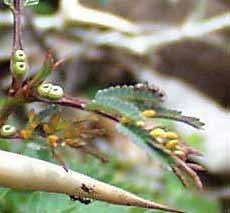 The strategically well laid on meals he speaks of are provided in the form of small nectaries at the base of the leaves which produce a sugary, and amino acid rich ant treat. They don’t have far to go, as the thorns and leaves are adjacent. There are also more “solid meals” for them in the form of small protein filled packets at the tips of the leaflets, which he describes as looking like “little pears”. In this photo above from Backyard Nature you can just see ants, cups of nectar and the yellow “pears”
The strategically well laid on meals he speaks of are provided in the form of small nectaries at the base of the leaves which produce a sugary, and amino acid rich ant treat. They don’t have far to go, as the thorns and leaves are adjacent. There are also more “solid meals” for them in the form of small protein filled packets at the tips of the leaflets, which he describes as looking like “little pears”. In this photo above from Backyard Nature you can just see ants, cups of nectar and the yellow “pears”
“When the leaf first unfolds, the little pears are not quite ripe, and the ants are continually employed going from one to another, examining them.When an ant finds one sufficiently advanced, it bites the small point of attachment; then, bending down the fruit-like body, it breaks it off and bears it away in triumph to the nest. All the fruit-like bodies do not ripen at once, but successively, so that the ants are kept about the young leaf for some time after it unfolds. Thus the young leaf is always guarded by the ants; and no caterpillar or larger animal could attempt to injure them without being attacked by the little warriors. The fruit-like bodies are about one-twelfth of an inch long, and are about one-third of the size of the ants; so that an ant carrying one away is as heavily laden as a man bearing a large bunch of plantains. ……..These ants seem to lead the happiest of existences. Protected by their stings, they fear no foe. Habitations full of food are provided for them to commence housekeeping with, and cups of nectar and luscious fruits await them every day.”
Belt’s theories were questioned at the time and it wasn’t until the 1960’s that the relationship between the ants and the trees were proved by Daniel Janzen. Astonishingly, as well as being ferocious defenders of the tree, the ants keep the surroundings of the tree clear of other plants, even pruning branches of nearby trees which would overshadow the acacia and take its light.
Thomas Belt was one of those energetic and apparently indefatigable Victorians. A geologist and naturalist by inclination he seemed to be able to juggle both his “hobby” and his job of goldmining supervisor with ease. His work took him to Russia, Australia, Nicaragua, Siberia, Nova Scotia and Denver where he was able to make thorough and important observations of the natural world, as well as theorising about the glacial periods in England. .. It makes my 2 mile radius world of Winter Park seem very small.
For other interesting insect related story see previous posts. oak galls, cycads and fig
____________________________________
Leaf of the Day: Tiffany’s Leaves of Glass and the Japanese Holly Fern
Yesterday for a break I went to Winter Park Village to the Tiffany museum. Yes, here on my doorstep is the small Charles Hosmer Morse Museum celebrating the life and work of the famous Louis Comfort Tiffany (1848–1933) son of Tiffany the jeweller, and designer and maker of the sumptuous stained glass windows and lamps.
I have to come clean and say I have never really been a big fan, perhaps because of the many dismal copies that used to clutter up cheap lighting shops in London but now having seen the originals I have to admit they are quite breathtaking.
Coming into the darkened museum from bright sunlight, just finding the ticket desk is quite a challenge, but once you are accustomed to the dim lighting, the glowing colours of the glass start to become apparent. The displays are beautifully lit and there are fragments of glass you can walk around ..so being able to see the structure on the reverse of the glass panels and the leading. There are exquisite lustred glass vases inset with tiny millefiori flowers, ceramics, jewellery, paintings and window panels big and small, and of course the lamps which are much larger, and therefore more impressive than I had imagined.
But what has turned me into a convert is the textural aspect of the glass ..this is not fragile thin stuff but gorgeous big chunks, sometimes with moulded textural surfaces set into large panels. Sometimes with real pebbles added , sometimes with pieces of natural rock crystal and, within some of the individual pieces, abstract chips of colour seem to float adding depth and shading.
In these fragments below you can see the slivers of darker glass in the grey piece top left.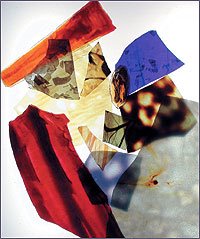
There is a desperate and overwhelming desire to touch, glass does that doesn’t it …to run you fingers over these glowing surfaces and luckily there is one panel displayed at waist height for you to “get it out of your system” as the guide so rightly says.
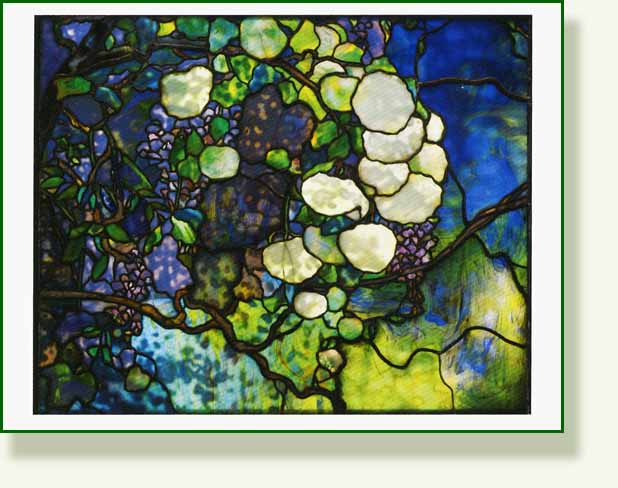
In the spirit of Art Nouveau, Tiffany was an interpreter of nature par excellence, butterflies, dragonflies, wisteria dripping down window panes, shells, vegetable ceramics, spiders web lamps, daffodils and more and more.. there is a whole garden and it’s inhabitants of shimmering painted and lustred glass.
What I particularly like about his work is that he took his inspiration from quite ordinary garden flowers and vegetables. One of the most beautiful Favrille ceramics is a cream vase based on celery. These sculptural pieces are almost life size.
Here is an example of the simple cream Favrille. This is not an octopus as I first thought, but fern fronds. (similarities in nature again)
Louis Comfort Tiffany’s company was initially very successful and of course a huge help was being the son of the already celebrated jeweller. He grew up as a member of the New York elite and started in the interior design business. A legacy of 35 million dollars from his father also helped which he poured into new technology and designs constantly experimenting and developing new products and techniques. However the advent of the fashion for Art Deco, combined with Tiffany’s own restless experimentation at the expense of company profits, eventually rendered the company bankrupt in 1932. Nowadays a good Tiffany lamp will cost you $35,000.00 and more.
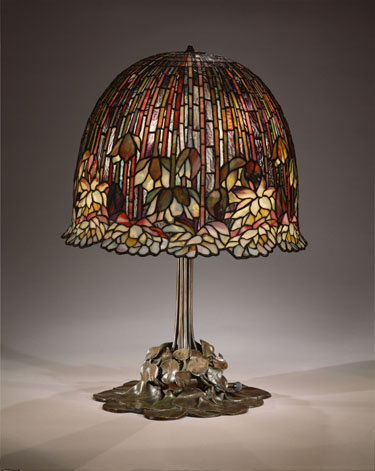
Image from the Metropolitan Museum New York
My very modest contribution to this post, a tribute to Tiffany’s fern vase, is a small study of two leaflets and a young frond of the Japanese Holly fern, cyrtomium falcatum. The Japanese actually call it the “devil´s fern” because of its serrated a edges and tough appearance. The leaflets are quite large approximately 4″ from tip to toe, but it was the curling frond that I liked, with the new tiny leaflets cupped in the curl of the stem, carefully folded over each other, each protecting its sibling underneath. Quite lovely.
_________________________________________





